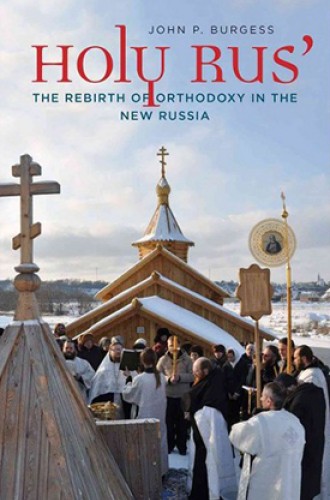The fall and rise of Holy Russia
Since the Soviet collapse, Christianity has flourished. This poses its own challenges.
Exactly a century ago, Russia’s Orthodox Church entered a period of persecution and suffering perhaps greater in scale and severity than was ever inflicted on any Christian body. Contrary to the mythology created by the Bolshevik tormentors, the church was no mere haven of reaction and bigotry. Russian Orthodoxy in 1917 was blessed with a vibrant spirituality and a dazzling cultural outreach, which left its mark on many of the pioneers of modern art, literature, and music worldwide. A distinctive form of social gospel activism extended church influence into working class and peasant life.
Yet within two decades, all seemed lost. Clergy and faithful laity were slaughtered in the hundreds of thousands, institutional life was all but eradicated, and church buildings were smashed or stolen. Any thought that such a nightmare could ever be reversed was confined to crazed mystics dreaming of the end times. Holy Russia, it seemed, had departed forever.
But, to coin a phrase, forever changes. Since the 1990s, the collapse of Soviet communism (and of the Soviet Union itself) has sparked a mighty revival of that church. If there was a single symbolic moment of liberation, it was the announcement in 1990 that henceforward Christmas would once more be celebrated as a national holiday. Christian life again flourishes across Russia, and churches and monasteries are being restored and reinhabited as rapidly as their predecessors were obliterated in the 1920s. Since the fall of communism, the number of parishes has grown from 7,000 to 33,000, while monasteries have swelled from 30 to over 800. We live today in one of the great historic eras of church construction and restoration.






